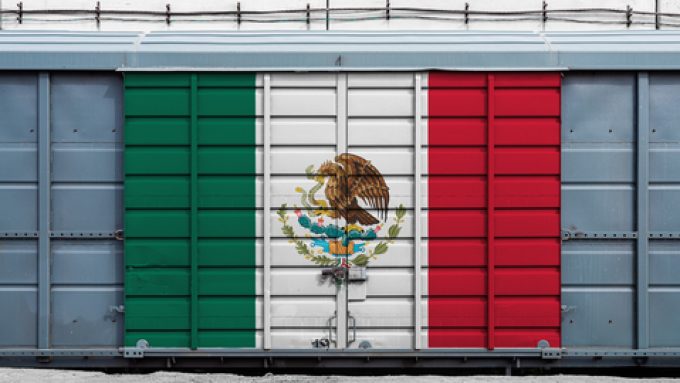Panama gives in as US pressure on Panama Canal intensifies
Under increasing US pressure, Panama has elected not to renew its belt and road (BRI) ...

Notwithstanding a huge focus on passenger rail, a plan to run trains with freight, connecting Mexico’s Pacific coast with the Gulf of Mexico, is garnering interest as a possible alternative to the Panama Canal.
Andrés Manuel López Obrador, Mexico’s president, has a soft spot for trains – passenger ones, to be precise. The first solid manifestation of this has been the Mayan Train, a 1,554 km intercity line that traverses the Yucatan peninsula, which he proposed in 2018.
More recently, the president ...
Outlook for container shipping 'more uncertain now than at the onset of Covid'
Transpac container service closures mount
Zim ordered to pay Samsung $3.7m for 'wrongful' D&D charges
Flexport lawsuit an 'undifferentiated mass of gibberish', claims Freightmate
Shippers warned: don't under-value US exports to avoid tariffs – 'CBP will catch you'
Cancelled voyages take the sting out of spot rate declines this week
New Houthi warning to shipping as rebel group targets specific companies
Blanked sailings in response to falling demand 'just a stop-gap solution'


Comment on this article